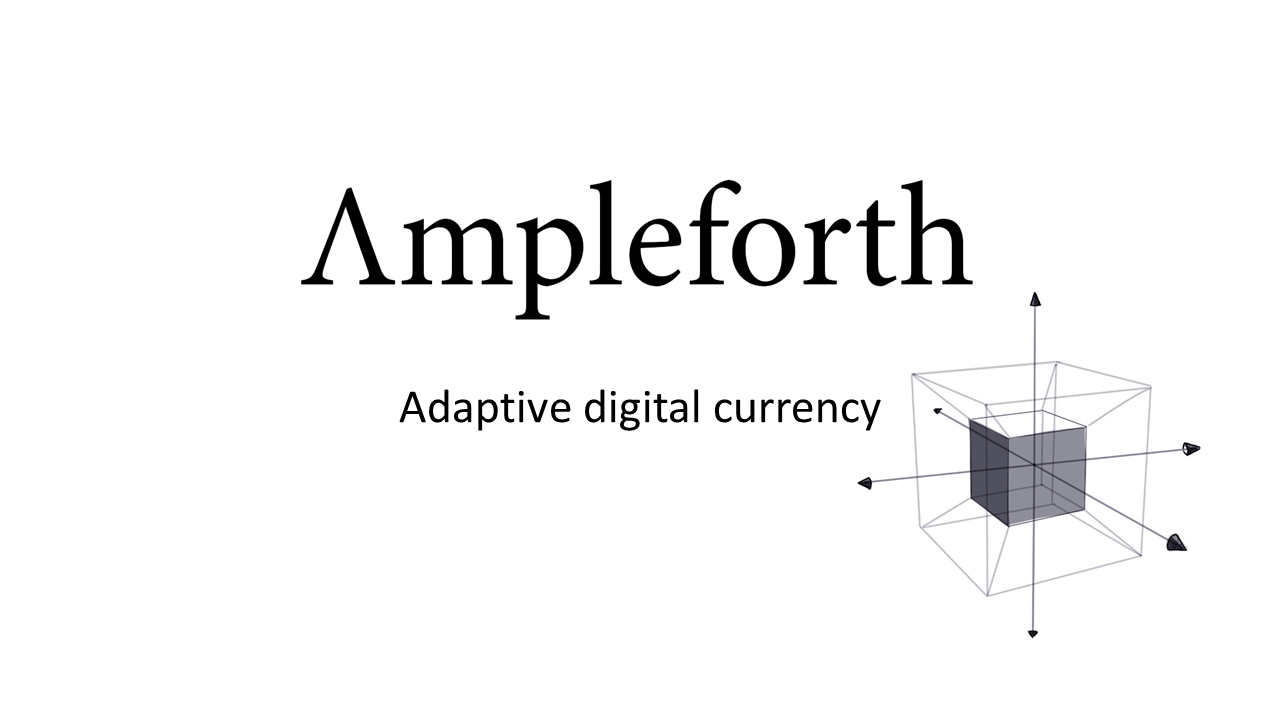Elastic supply, a concept that has gained significant attention in the cryptocurrency space, plays a pivotal role in shaping the dynamics of digital assets. This article delves deep into the subject, exploring the contrasting approaches of two prominent cryptocurrencies: Bitcoin, with its fixed supply, and Ampleforth (AMPL), with its elastic supply mechanism. In the context of investing, visit the homepage of Immediate Turbo now and start learning from top educational firms in the market.
Understanding Bitcoin’s Fixed Supply
Bitcoin, the pioneer of cryptocurrencies, is known for its fixed supply. With a maximum limit of 21 million coins, it employs a deflationary model. This scarcity has several implications:
Overview of Bitcoin’s Supply Mechanism
Bitcoin operates on a fixed issuance schedule, halving every four years. This ensures a predictable rate of new coin creation, leading to a diminishing supply over time.
The Role of Halving Events
Halving events reduce the rate at which new Bitcoins are produced, creating scarcity and historically driving up prices due to increased demand.
Implications of Fixed Supply on Bitcoin’s Value
Bitcoin’s fixed supply contributes to its perceived store of value, often compared to digital gold. The limited supply fosters confidence among investors and hedges against inflation.
Also See: The Global Reach of Cryptocurrency – A Closer Look
The Birth of Ampleforth (AMPL)
Ampleforth (AMPL), on the other hand, introduces a novel concept: elastic supply. Developed to address Bitcoin’s limitations, Ampleforth employs an algorithmic rebase mechanism that adjusts the token supply regularly.
Introduction to Ampleforth and its Elastic Supply Model
Ampleforth, launched in 2019, takes a different approach to supply management. It aims to maintain the stability of its token’s real value, measured in constant 2019 U.S. dollars.
The Algorithmic Rebase Mechanism
Ampleforth’s protocol automatically increases or decreases the quantity of AMPL tokens held by users in their wallets based on the price relative to its target value. This dynamic supply adjustment aims to counter price volatility.
Key Differences between Ampleforth and Bitcoin
While Bitcoin’s supply remains static, AMPL’s supply is dynamic, creating a unique ecosystem with its own advantages and drawbacks.
Price Dynamics: Bitcoin vs. Ampleforth
| Feature | Bitcoin (BTC) | Ampleforth (AMPL) |
|---|---|---|
| Launch Date | 2009 | 2019 |
| Creator | Satoshi Nakamoto | Evan Kuo and Brandon Iles |
| Primary Use Case | Digital Gold, Store of Value | Elastic Supply Currency, Medium of Exchange |
| Supply Mechanics | Fixed Supply (21 million) | Elastic Supply (adjusts daily) |
| Supply Adjustment | Halving every 210,000 blocks (~4 years) | Changes in response to demand |
| Blockchain | Bitcoin Blockchain | Ethereum Blockchain |
| Consensus Mechanism | Proof of Work (PoW) | Depends on Ethereum, currently PoW transitioning to PoS |
| Volatility | Relatively High but decreasing over time | Intended to be lower through supply adjustments |
| Key Features | Decentralization, Security, Limited Supply | Supply Elasticity, Rebase Mechanism |
| Primary Objective | To act as a decentralized store of value and medium of exchange | To create a stable purchasing power currency |
Historical Price Movements of Bitcoin
Bitcoin’s price history has been marked by significant volatility, driven by factors such as adoption, speculation, and macroeconomic events.
How Elastic Supply Affects AMPL’s Price
AMPL’s price dynamics differ from Bitcoin due to its supply adjustments. A rebase event can either increase or decrease the number of tokens in circulation, affecting individual holdings.
Comparative Analysis of Price Volatility
Comparing the volatility of Bitcoin and AMPL provides insights into the trade-offs between fixed and elastic supply models, influencing investment strategies.
Also See: 19 Sites Like Bittorrent
Liquidity and Adoption
Liquidity in Bitcoin Markets
Bitcoin, with its extensive adoption and widespread recognition, boasts deep liquidity across various exchanges and financial markets.
Challenges and Opportunities for AMPL in Terms of Liquidity
AMPL faces the challenge of building liquidity in a market dominated by Bitcoin and other established cryptocurrencies. Innovative solutions are essential for overcoming this hurdle.
Adoption Trends and User Behavior
Analyzing user behavior and adoption trends can shed light on how elastic supply models like AMPL are being utilized within the crypto ecosystem.
Critiques and Controversies
Scalability Concerns in Bitcoin
Bitcoin’s fixed supply model has faced criticism regarding scalability and its ability to handle a growing user base and transaction volume.
Criticisms of Elastic Supply Models
Elastic supply cryptocurrencies like AMPL have not been without controversy, including concerns about price manipulation and governance.
Addressing Fears of Price Manipulation
Implementing safeguards and transparency measures is crucial for ensuring the integrity of elastic supply models and addressing concerns about potential price manipulation.
Future Prospects
Bitcoin’s Long-term Viability
Bitcoin continues to evolve, with discussions around scalability, governance, and its role in the global financial system shaping its future.
The Potential of Ampleforth in a Diverse Crypto Ecosystem
AMPL’s unique elastic supply model opens the door to various use cases beyond traditional cryptocurrencies. Its potential lies in its ability to maintain stable value.
Innovations in Elastic Supply Cryptocurrencies
Ongoing innovations in elastic supply models may lead to new projects and adaptations, further diversifying the cryptocurrency landscape.
Conclusion
In conclusion, the dynamics of elastic supply in cryptocurrencies, as exemplified by Bitcoin and Ampleforth, offer investors and enthusiasts two distinct approaches to digital assets. While Bitcoin’s fixed supply emphasizes scarcity and store of value, Ampleforth’s elastic supply focuses on stability and versatility. Understanding these models is essential for navigating the ever-evolving cryptocurrency market and making informed investment decisions.
As the crypto landscape continues to mature, both models have their place, and their coexistence enriches the ecosystem, providing users with diverse options that cater to their individual preferences and objectives. Ultimately, the dynamics of elastic supply underscore the dynamic nature of crypto investments, offering opportunities and challenges alike.
